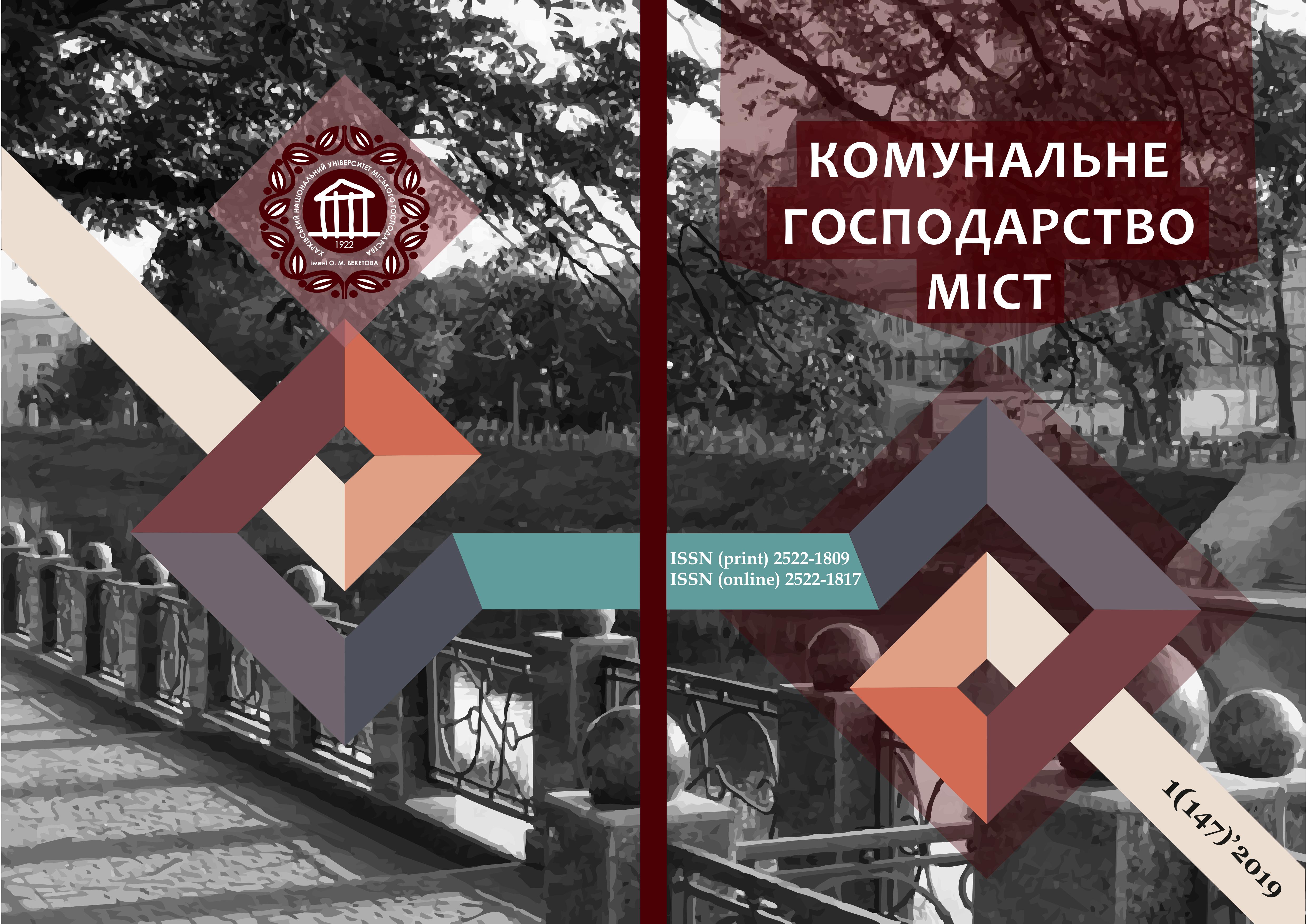RE-USE OF NEURAL NETWORKS WITH A DIFFERENT PLANTS IN THE PROBLEMS OF OPERATION AND REPAIR OF ELECTRIC TRANSPORT
Array
Keywords:
electric transport operation, multi-level learning, neural networks, deep learning, end-to-end learningAbstract
Recently, neural networks and multiple learning (MIL) are attractive topics in research areas related to artificial intelligence. Deep neural networks have achieved great success in controlled learning problems, and MIL as a typical poorly controlled learning method is effective for many applications in computer vision, biometrics, natural language processing, etc. In this article, we review several neural networks with multiple instances ( MINN), which neural networks seek to solve MIL problems. MINNs perform MILs in the end, which take bags with different numbers of instances as input and directly output the tags of the bags. All parameters in MINN can be optimized by back propagation. In addition to revising old MINNs, we offer a new type of MINN for exploring bag representations, which differs from existing MINNs that focus on the evaluation of an instance label. In addition, recent tricks developed in deep learning have been studied in MINN; we find that deep supervision is effective for a better understanding of bag views. In experiments, the proposed MINNs achieve the most advanced or competitive performance on several MIL tests. Moreover, for testing and learning it is very fast, for example, it takes only 0.0.0 03 s to predict the bag and a few seconds to learn on the MIL datasets on a moderate processor.
Initially, several instances (MILs) were proposed to predict bounce activity [1]. Now it is widely applied to many domains and is an important problem in computer training. Many multimedia data have a multiplier (MI) structure; For example, a text article contains several paragraphs, the image can be divided into several local areas, and gene expression data contains several genes. MIL is useful for processing and understanding MI data.
Studying multiple instances is a type of weak controlled learning (WSL). Each sample is executed in the form of labeled data, which consist of a wide variety of instances associated with the functions of input. The purpose of MIL in the dual task is to prepare a classifier for prediction of test packet labels, based on the assumption that there is a positive packet and contains at least one positive instance, while the data is negative if it consists only of negative instances.
References
Dietterich , T.G. , Lathrop , R.H. , Lozano-Pérez , T. (1997) Solving the multiple instance problem with axis-parallel rectangles, Artif. Intell., 89 (1), 31–71.
Amores, J. (2013) Multiple instance classification: review, taxonomy and comparative study, Artif. Intell., 201, 81–105.
Hinton , G. , Osindero , S. , Teh , Y.W. (2006) A fast learning algorithm for deep belief nets, Neural Comput., 18 (7), 1527–1554.
LeCun , Y. , Bottou , L. , Bengio , Y. , Haffner , P. (1998) Gradient-based learning applied to document recognition, Proc. IEEE, 86 (11), 2278–2324.
Krizhevsky, А. , Sutskever , I. , Hinton , G.E. (2012) Imagenet classification with deep con- volutional neural networks, in: NIPS, 1097–1105.
Williams , R.J. , Zipser , D. (1989) A learning algorithm for continually running fully re- current neural networks, Neural Comput., 1 (2), 270–280.
Hochreiter , S. , Schmidhuber , J. (1997) Long short-term memory, Neural Comput., 9 (8), 1735–1780.
Ramon , J. , De Raedt , L. (2000) Multi instance neural networks, in: Proceedings of the ICML-20 0 0 Workshop on Attribute-Value and Relational Learning, 53–60.
Zhou , Z.-H. , Zhang , M.-L. (2002) Neural networks for multi-instance learning, in: Pro- ceedings of the International Conference on Intelligent Information Technology, Beijing, China, 455–459.
Andrews , S. , Tsochantaridis , I. , Hofmann , T. (2002) Support vector machines for multiple-instance learning, in: NIPS, 561–568 .
Srivastava , N. , Hinton , G. , Krizhevsky , A. , Sutskever , I., Salakhutdinov , R. (2014) Dropout: a simple way to prevent neural networks from overfitting, JMLR, 15 (1), 1929–1958.
Nair , V. , Hinton , G. (2010) Rectified linear units improve restricted Boltzmann ma- chines, in: ICML, 807–814.
Lee , C.Y. , Xie , S. , Gallagher , P. , Zhang , Z. , Tu , Z. (2015) Deeply-supervised nets, in: AIS- TATS, 562–570.
He, K. , Zhang, X. , Ren, S. , Sun, J. (2015) Deep residual learning for image recognition, arXiv:1512.03385.
Zhang , M.-L. , Zhou , Z.-H. (2004) Improve multi-instance neural networks through fea- ture selection, Neural Process. Lett,. 19 (1), 1–10.
Downloads
Published
How to Cite
Issue
Section
License
The authors who publish in this collection agree with the following terms:
• The authors reserve the right to authorship of their work and give the magazine the right to first publish this work under the terms of license CC BY-NC-ND 4.0 (with the Designation of Authorship - Non-Commercial - Without Derivatives 4.0 International), which allows others to freely distribute the published work with a mandatory reference to the authors of the original work and the first publication of the work in this magazine.
• Authors have the right to make independent extra-exclusive work agreements in the form in which they were published by this magazine (for example, posting work in an electronic repository of an institution or publishing as part of a monograph), provided that the link to the first publication of the work in this journal is maintained. .
• Journal policy allows and encourages the publication of manuscripts on the Internet (for example, in institutions' repositories or on personal websites), both before the publication of this manuscript and during its editorial work, as it contributes to the emergence of productive scientific discussion and positively affects the efficiency and dynamics of the citation of the published work (see The Effect of Open Access).

